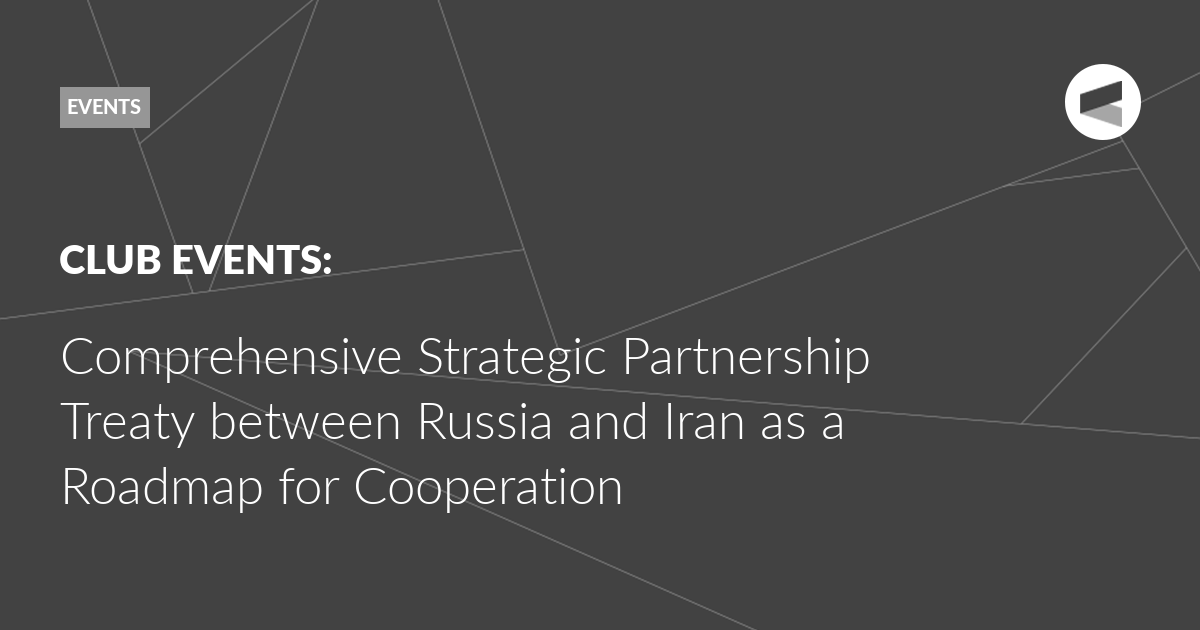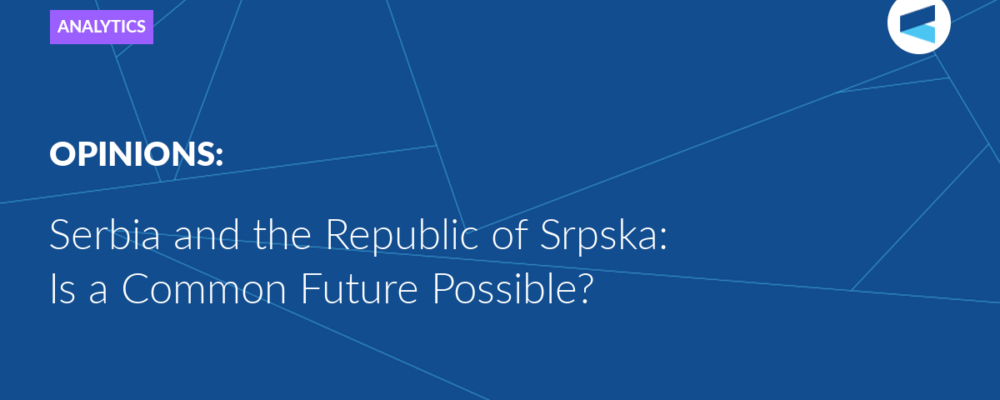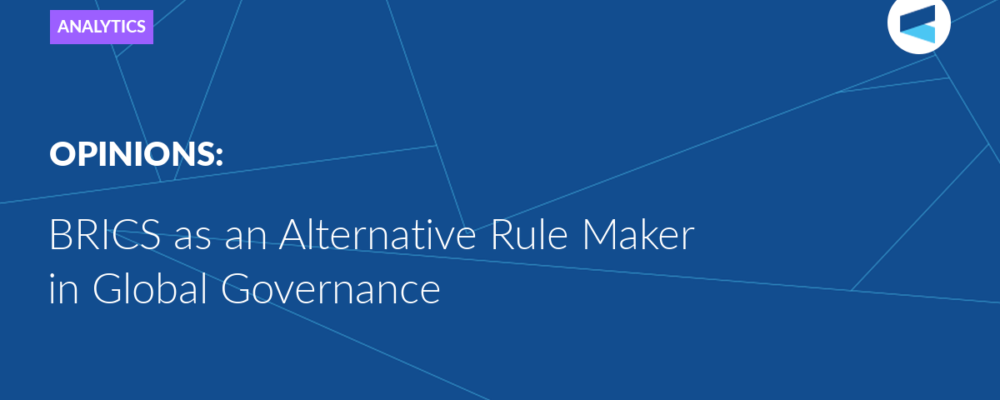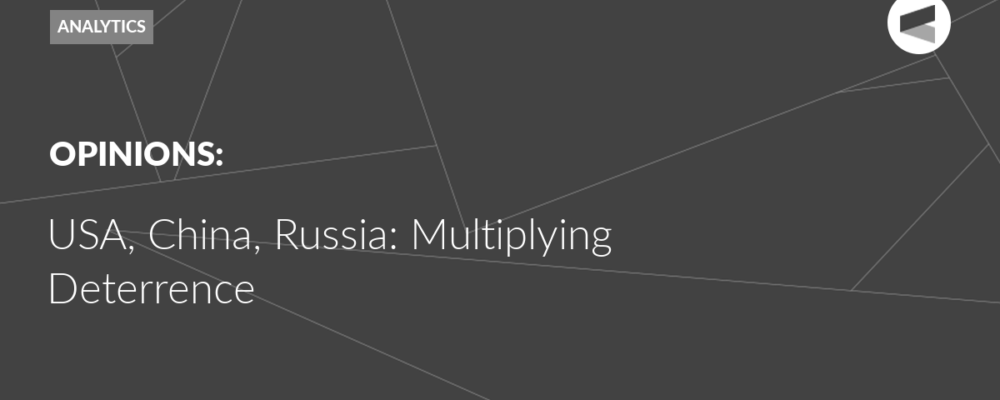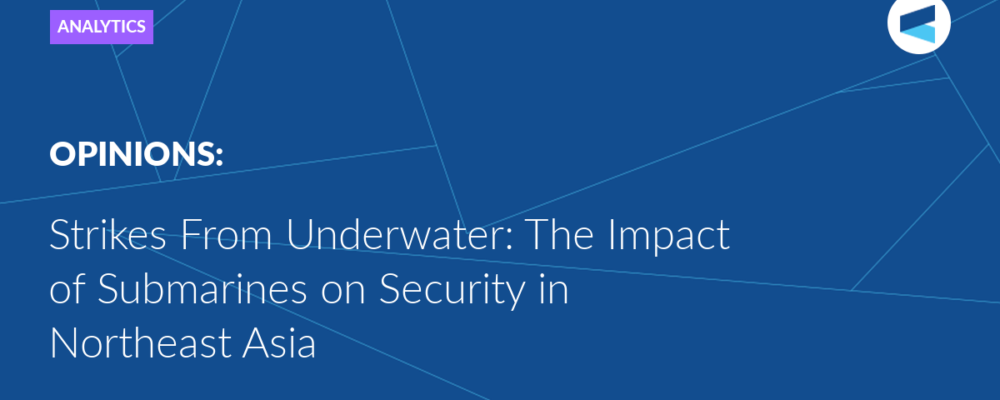On March 24, the Valdai Club hosted an expert discussion on the Comprehensive Strategic Partnership Treaty between Russia and Iran.
Moderator Ivan Timofeev described the signing of this treaty as one of the most significant foreign policy developments in recent years. He highlighted the shared interests between Russia and Iran, particularly in light of the comparable pressure both nations face from Western countries, which has laid the political groundwork for closer ties. As a result, recent years have seen tangible progress in bilateral relations – achievements that would have been difficult to envision not long ago.
Alexander Maryasov, Russia’s Ambassador Extraordinary and Plenipotentiary to Iran (2001–2005), argued that the treaty emerged in response to the intensified military-political and economic pressure exerted by Western nations on both Russia and Iran. According to Maryasov, the leadership of both countries recognized the necessity of joint efforts to mitigate the challenges posed by sanctions. While the treaty does not constitute a military alliance, it outlines mutually acceptable measures in the event of an attack or threats to either nation’s national security. Additionally, it defines the scope of military-technical and defence cooperation, including regular consultations between security agencies to counter external threats. Maryasov identified key areas of collaboration, such as security in the Caspian region, South Caucasus, Central Asia, and the Middle East, as well as non-proliferation efforts and countering economic sanctions. “The treaty serves as a roadmap for advancing our cooperation across virtually all domains,” he concluded.
Seyed M. S. Emamian, Assistant Professor at Tehran Polytechnic University and Co-founder of the Governance and Policy Think Tank, raised the question of whether the treaty introduces new dimensions to Russian-Iranian relations or merely formalizes existing agreements. He viewed the current phase of cooperation as a joint response to a common challenge – unilateral coercive measures, or sanctions. Over the past decades, relations between Russia and Iran have experienced fluctuations, marked by both progress and setbacks, trust and distrust, often influenced by third-party dynamics. However, this is now changing. Emamian stressed the importance of shaping public opinion to reassure both societies that closer Iranian-Russian ties do not hinder relations with other nations but can, in many cases, facilitate them. While he acknowledged the treaty as a symbolic milestone, he admitted that questions remain regarding its practical implementation.
Yuri Lyamin, Senior Researcher at the Centre for Analysis of Strategies and Technologies, pointed out that the 2001 Russian-Iranian agreement addressed military-technical cooperation only indirectly, whereas the new treaty reflects the substantial growth in this area in recent years. Essentially, it codifies what had already been established through lower-level agreements or practical engagement. Lyamin also noted that the Syrian conflict served as a negative experience for both countries, while the escalating tensions over Iran’s nuclear program – exacerbated by US pressure and Israeli threats – could lead to a serious regional crisis. In this context, he suggested that Russia could potentially act as a mediator between Tehran and Washington – provided the US abandons its previous maximalist stance.
Daniyal Meshkin Ranjbar, Assistant Professor in the Department of Theory and History of International Relations at the Moscow-based RUDN University, emphasized Iran’s extensive experience in survival and development under sanctions – a success he attributed partly to its value system. He praised the treaty’s well-crafted wording, which aligns with the interests and worldviews of both nations, and highlighted its potential as a framework for expanding economic cooperation and leveraging complementary strengths. Notably, Ranjbar observed that for the first time in history, the diplomatic outlooks of Russia and Iran converge, as seen in the parallels between Russia’s “pivot to the East” and Iran’s “look to the East” policies.
Professor Seyed Mohammad Marandi of the University of Tehran expressed optimism about the future of Russian-Iranian bilateral relations. Despite past inconsistencies in trade, he noted that economic ties have now reached a turning point. Marandi suggested that Russia should consider Iran as a viable alternative to Europe for economic collaboration, given that neither country expects a normalization of relations with the West in the foreseeable future. While a temporary thaw between the US and Russia under a potential Trump presidency is possible, he cautioned that America’s unpredictability makes it unwise for Russia to rely solely on US engagement. To strengthen ties, Marandi proposed enhancing mutual understanding through platforms for cross-border trade, as well as fostering youth engagement via dialogue, internships, and student exchanges.
The Valdai Discussion Club was established in 2004. It is named after Lake Valdai, which is located close to Veliky Novgorod, where the Club’s first meeting took place.
Please visit the firm link to site


